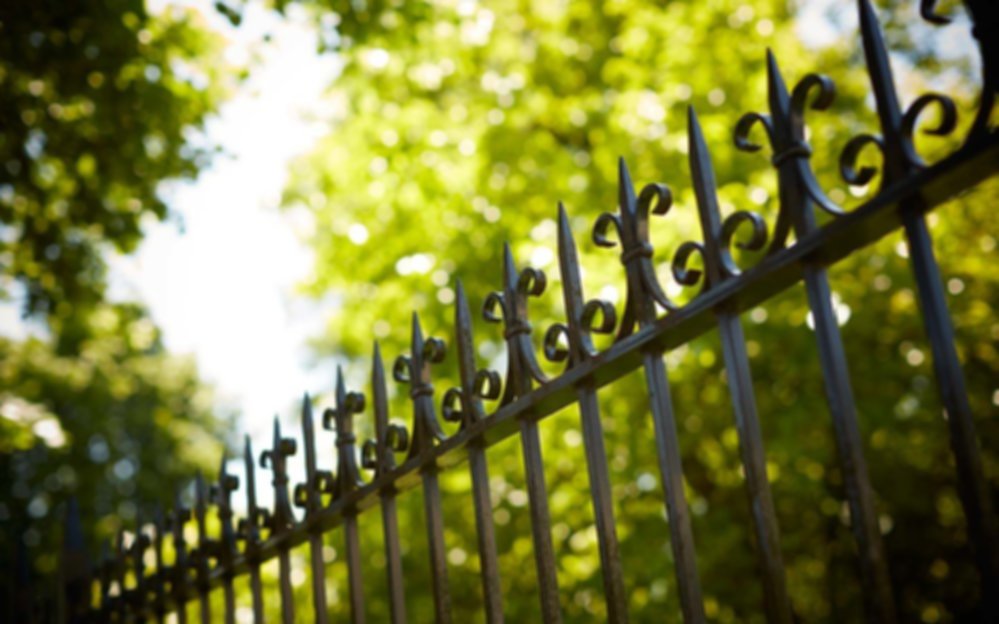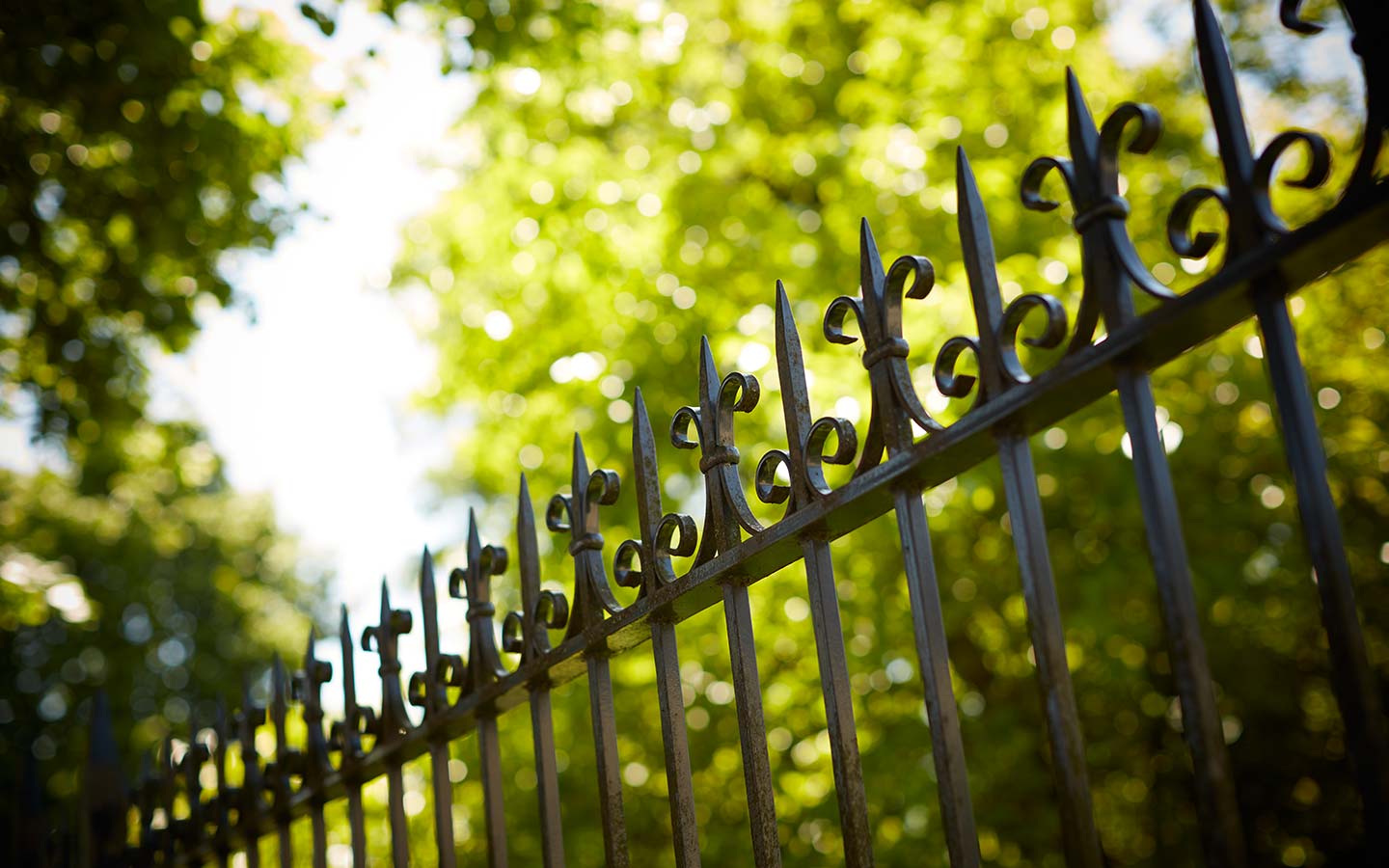Seduced by Beaune in Burgundy
Newspaper - THE NEW YORK TIMES - October 2015
This article appeared in THE NEW YORK TIMES - October 2015
Extract from the article
On my first evening in the impossibly handsome city of Beaune in eastern France, I took a taxi with a couple of fellow Washington, D.C., escapees to a wine dinner held at a vineyard just outside town, in the Côte de Beaune subregion of Burgundy known as Volnay. The annual event was attended by over 100 of the area's great vignerons — among them, Alex Gambal, an American transplant who has been making lean and polished Burgundies for nearly two decades now. I had never met Mr. Gambal before, but he graciously supplied translations for me as speeches were given extolling the land and one another through six hedonistic courses while the ebbing sunlight glazed the lush countryside.
Meanwhile, out came the bottles, ferried from table to table by the winemakers themselves — among the world's most celebrated pinot noirs, poured into any vagrant's outstretched glass. (O.K., any vagrant who ponied up the $125 admission fee.) Would Monsieur wish to try the 1978 Domaine Michel Lafarge Clos des Chênes? Or perhaps Monsieur might prefer a 1964 vintage? To be the "monsieur" in question in this scenario, stammering out an appreciative "oui" every five minutes while the exquisite pours kept coming, is to hurtle into the very epicenter of wine porn.
You cannot really escape the abiding specter of the region's chief agricultural product while in Beaune, and I'm not sure why anyone would want to. But this ancient walled city of 22,000 is a great deal more than an oenophilic theme park. Still possessing the regal sheen of the Burgundy dukes who resided here seven centuries ago, it is a marvel to gaze at, and its many historic buildings and museums are easily negotiated on foot. The town offers several excellent restaurants to accompany the famous local wine, as well as a number of charming hotels. And while it would be a stretch to call anyplace in Burgundy undiscovered, a visitor to Beaune who has previously been to, say, Chamonix or Provence, will not have to struggle for signs that he or she is in France.
I rarely enlist a professional to help shape my itinerary. But since I had been a fan of Mr. Gambal's wines, I figured that his wife, Diana Williams — an effervescent veteran tour operator whose boutique company, Hidden France, steers small groups throughout most of France's wine regions — would probably know the best way for us to spend our three days in Beaune. It was a wise call.
At Ms. Williams's suggestion, we established our base of operations in Chez les Fatien, sequestered behind an immense oak door about a quarter-mile from the city center. The family-run hotel is in fact a 15th-century villa, with four spacious wood-and-tile suites situated around an alluring courtyard that, it was wordlessly understood among my posse, would be hosting us at the beginning and end of each evening.
After that inaugural wine dinner, we decided that we were on a collision course with morbid obesity if we didn't get some exercise. So we recruited Mr. Gambal and Ms. Williams the next morning to walk us through the surrounding Côte de Beaune countryside. Meticulously pruned, terraced chardonnay vines dominated the full vista, dead-ending at the slopes of Mont Blanc off to the north. Because of the area's prized terroir — its elevation, cool evenings and mineral-rich soil — it makes no sense to grow anything but grapes here. A tenth of an acre, Mr. Gambal told me, could go for as much as a million dollars.
Though the area has always been a prosperous one — "Back in the 15th century, the Duke of Burgundy was more powerful than the King of France, because of his land holdings," Mr. Gambal pointed out — the expressways did not reach this region until the 1970s, and today it remains unhurriedly agrarian. (The exception is Dijon, the regional capital about a half-hour's drive north of Beaune and with more than six times Beaune's population.)
Later that afternoon, I wandered the streets of Beaune. Its social scene is organized around an inviting main square, Place Carnot, with a picturesque assortment of cafes and shops in which locals and tourists languidly coexist. Each street radiating from the plaza leads to the central city's perimeters — the ramparts, moats and adjacent fortresses and watchtowers all serving to remind that this pacific region was an object of ongoing warlike lust dating back to Gallo-Roman times.
A couple of hundred yards from my suite at Chez les Fatien, I happened upon a splashy wedding at the imposing 900-year-old Notre Dame, with a sleek convertible awaiting the newly married. Heading back toward Place Carnot, I beheld Beaune's most remarkable spectacle: the Hotel Dieu, a sprawling, 600-year-old former hospital for the poor, its rooftop bedecked with a riotous display of multicolored Flemish tiles.
On one street corner a distinctly yellow sign caught my attention: Moutard. I had never visited a mustard factory. A short distance beyond the city ramparts, I came upon the bustling family-run business of Edmond Fallot. The sunny reception room was arrayed with more than two dozen types of jarred mustards, all available for tasting. The selection — green pepper, tarragon, rosemary with maple syrup and, of course, the flagship Dijon — took me back a bit. I asked the cashier if tours of the factory were available. She dialed a number, and within a few minutes, Nathalie Désarménien — the founder's vivacious granddaughter-in-law — materialized with a smile and asked me to follow her.
We began in a museum replete with mustard-making artifacts and reminders that the Egyptians and Romans revered the pungent mustard seed for its spiritual and medicinal attributes. Ms. Désarménien told me that unlike Fallot's larger competitors, "We use a mill that turns very slowly, and this is what makes our mustard very spicy." She then led me down a brightly colored corridor in which the floor suddenly vibrated beneath my feet and the walls puffed out a spray of water. "You are now feeling the experience of a little mustard seed — shaken and washed, but not crushed," she announced with a grin. At last we stood over the factory room, where several men and women in spotless lab coats monitored the mustard as it swirled out of the mills and into jars. They looked up and waved at us.
"For the Dijon mustard, which is a protected appellation, there is a second process where the husks of the seeds are removed," Ms. Désarménien said. She added, "And then we use the husks to feed cows and rabbits." That struck me as yet another reason to champion Burgundy's lone independent, family-run mustard producer.
Mustard is a regional staple, ubiquitous in the humblest and the most exalted of restaurants. And while visiting Beaune, I would advise confining one's dietary program to a single major meal, followed or preceded by a delicious if more modest regimen of charcuterie, bread and mustard. The reason is that Burgundian cuisine's enduring reliance on butter is a constant with which one should reckon.
The best caution-to-the-wind dining experience in the city is at Le Bistro de L'Hôtel where, on its intimate patio, resolute competence is matched with convivial informality. We noticed Diana Williams ushering in eight Indian-American clients. She instructed us to order the poulet de Bresse, a locally raised whole chicken that came out fully roasted with the tag still appended to its claw. Its skin crackled at the bite, and the meat itself collapsed in my mouth like velvet. There is no better dish in all of France. And yes, butter was evident.
We found a lighter but no less ambitious follow-up the next day just outside of Beaune, at the Hostellerie de Levernois. The waiter showed us to a small table outside, by the Bouzaize River. The 29-euro ($32) prix fixe lunch menu entitled us to an appetizer of escargot, followed by a delicate sautéed sea bream with dill and curry powder, and concluding with an assortment of Burgundy cheeses. It was worth doing again, and we were tempted to do so — except that we had afternoon business to attend to, involving wine.
Let's be honest, after all. The fall foliage is lovely in Cooperstown, N.Y., and I'm told that elements of fine dining have begun to crop up in Orlando, Fla., but even those cities' boosters would think you daft for coming all that way and snubbing the primary attraction. So yes, while in Beaune we visited wineries — though in my case, with some reluctance. It's one thing to enjoy a bottle of wine, but repeated encounters with stainless steel fermentation tanks and French oak puncheons can be soul-sapping. Worse still are the self-appointed wine experts one tends to run into on such expeditions.
Our experience at the excellent Domaine Dublère was marred by the brayings of a fellow American tourist, the son of a wine importer, whose unsolicited comments on Burgundy's territorial and vintage distinctions — sometimes preceded by a dubious "Interestingly enough" — left the three of us in a lingering homicidal stew.
We managed to restrain ourselves, and our civility was eventually rewarded. On the edge of Beaune's commercial core, the legendary winery Maison Joseph Drouhin offers a tour of its serpentine caves that were dug in the 13th century and constitute a subterranean history of the city writ large. Drouhin's austere pinot noirs have few equals, but they're also found in discerning wine stores all over America. I wanted to meet a young and not yet famous Burgundy producer whose wines had yet to flood the American market. After asking around, we drove eight miles from Beaune to the village of St. Romain, where we found the small tasting cellar of Lucien Rocault, a shy Jamie Dornan look-alike in his mid-30s.
Mr. Rocault's English was not much better than our French, but he gamely described his personal trajectory. "My family has been growing grapes in Burgundy for 18 generations," he told us. "But we were always selling them in bulk, to négociants. My wife encouraged me to make my own wine. So in 2009 I quit the cooperative and started this business." Pouring us his Pommard Premier Cru, he grinned somewhat wistfully and said: "This is 2012. There was a lot of hail. It was still a very special year. But I hope I never see another 2012 again."
"Oh, but I hope you do," I said after one sip of the potent but graceful pinot noir. Having agreed among ourselves that Mr. Rocault will soon be among the region's next superstars, we bought as many bottles as we could carry with us.
Mr. Rocault's wines were not on offer at Ma Cuisine, the restaurant in Beaune where we had our final dinner. This omission made us feel that much more pleased with ourselves, given that Ma Cuisine is famous for its prodigious wine list. Seated next to us at the small and cheerfully chaotic restaurant was a squadron of eight American denizens of the wine trade, with at least as many bottles of pricey Burgundy reds lined across the table like bowling trophies. We asked the proprietor for the wine list, cast our eyes on the rabbit compote and pan-sautéed pigeon and in short order reached a consensus — which was that our last night in Beaune would be a long one.
Sept.30 2015
Robert Draper
The New York Times

